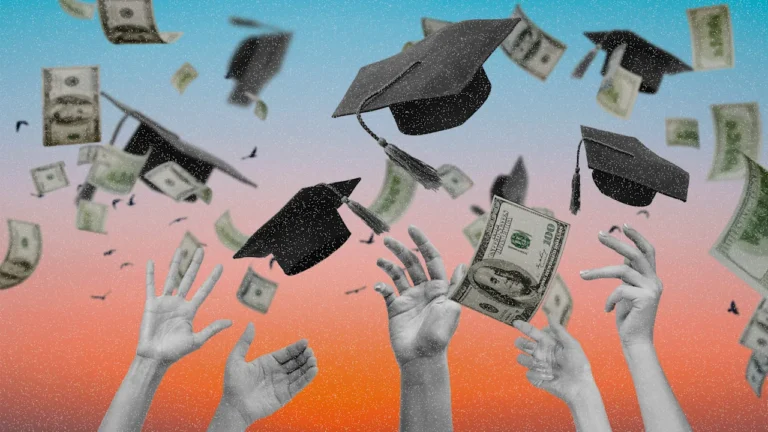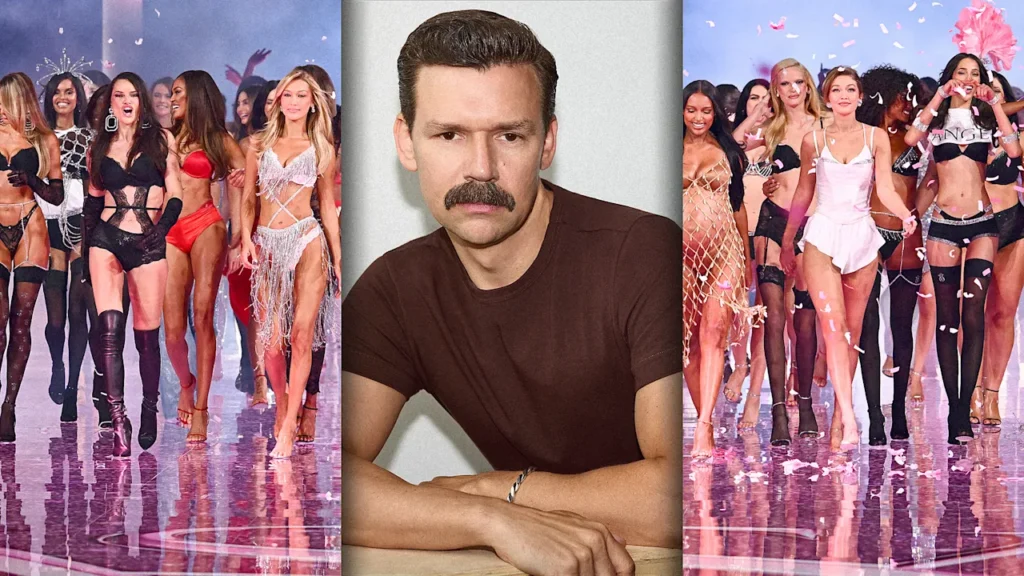
When the lights finally dimmed at the 2025 Victoria’s Secret Fashion Show last night, the first thing guests saw was a gold light emanating from backstage. Model Jasmine Tookes, 9 months pregnant, opened the show in a gold macrame dress with drop pearls and a pearl and crystal wing in the shape of a clam shell.
Art buffs might notice that the shell is a callback to Sandro Boticelli’s renaissance painting “Birth of Venus,” symbolizing sensuality, divine beauty, rebirth, and new beginnings. The cultural reference is a more elevated and considered nod to womanhood than the show’s previous themes which have included “Santa’s Helpers” or “delicious sweets.”
The look—and the show—certainly marked a new moment for Victoria’s Secret. And that was the intention of CEO Hillary Super, who said so in a note left at each seat. The show “marked a new era of sexy,” she wrote. “Not one defined by a single look or mood, but by something deeper: the feeling of being truly comfortable and confident in your own skin.”
Victoria’s Secret is in dire need of a reset, and its new executive creative director Adam Selman delivered in this first time producing the mega-show. Selman, who joined Victoria’s Secret in April following three years as chief design officer at Rihanna’s rival lingerie brand Savage x Fenty, as well as running his own self-named label and Adam Selman Sport (ASS), If you can’t tell by his sport label, Selman is not especially self-serious, but he is astute and forward-thinking, and his design and styling sensibilities deftly balance sophistication and fun. (The 2012 VS fashion show look and crystal naked dress he designed for Rihanna at the 2014 CFDA awards are ones for the history books.)
Selman’s goal was to bring capital-F fashion back to the Victoria’s Secret Fashion show, and in the process give the Victoria’s Secret brand a cultural revamp. In the week leading up to the show, he told me that the pressure was setting in. “I’ve realized in the past few days that I’m the one person who oversees the whole thing.” He pulled it off. The 2025 Victoria’s Secret show was so well-executed it may have outpaced the current authority of the actual brand and product.
But Selman still has his work cut out for him. Everyone knows Victoria’s Secret. Following years of design and cultural irrelevance, not to mention self-inflicted business challenges including a toxic work culture and entrenched misogyny, and hundreds of store closures over the past five years, it’s been a long time since tastemakers have cared.
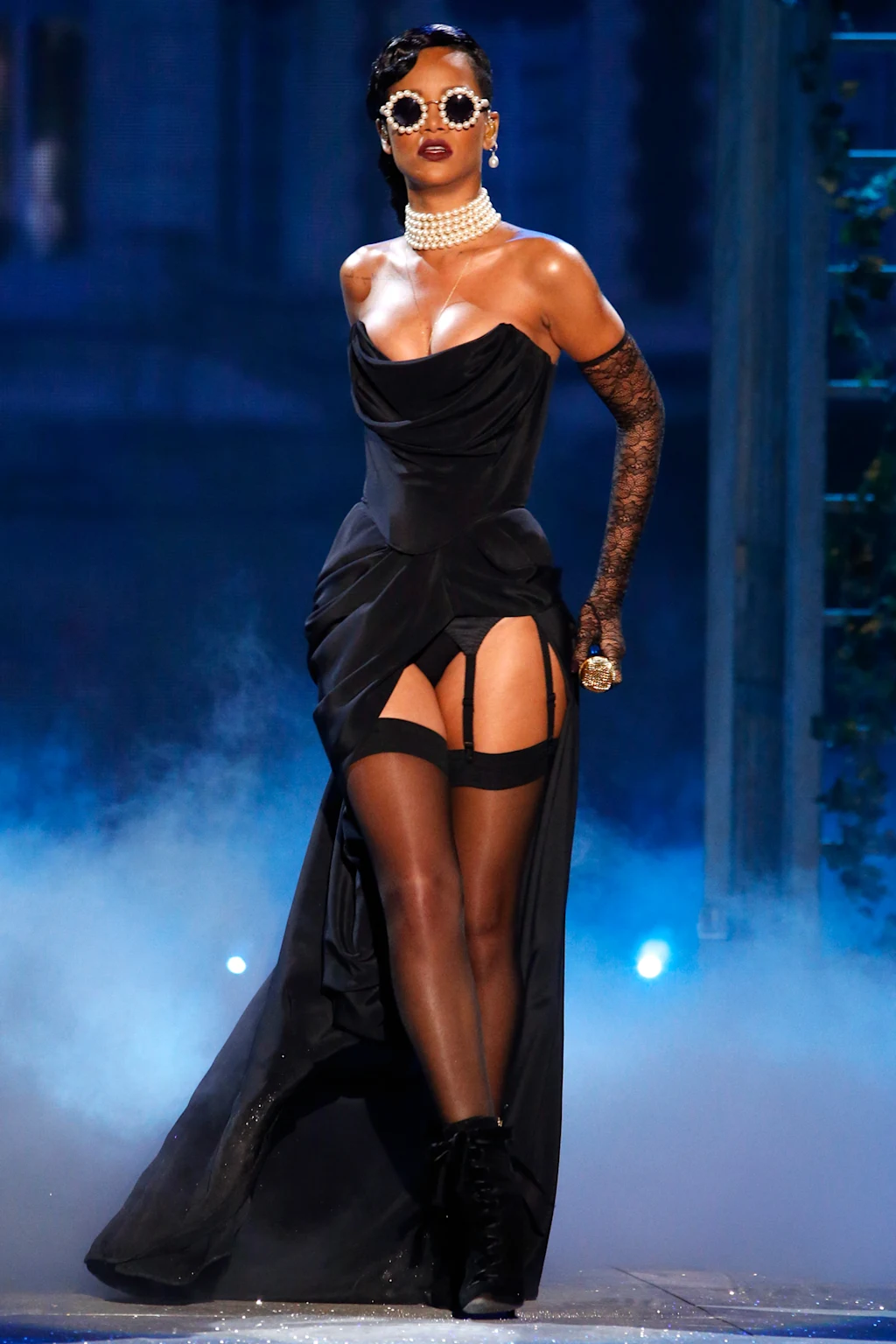
A new era for an old mall brand
Selman isn’t the only one tasked with trying. Victoria’s Secret has undergone nearly complete creative and brand marketing leadership changes since last year’s show. Super, who joined from Savage x Fenty just before the show last year, is still in. But Sarah Sylvester, executive vice president of brand marketing for Victoria’s Secret, who we spoke to about this event last year, is out.
Earlier this year, the company made a slew of new exec-level appointments, mostly women: Anne Stephenson, its chief merchandising officer, as president; Ali Dillon, former president of Alex Mill as president of Pink, Amy Kocourek as president of beauty (formerly chief merchandising officer at Kendra Scott), and Selman as ECD in April. In May, the company also hired Elizabeth Press as its CMO, who formerly held the role at Anthropologie.
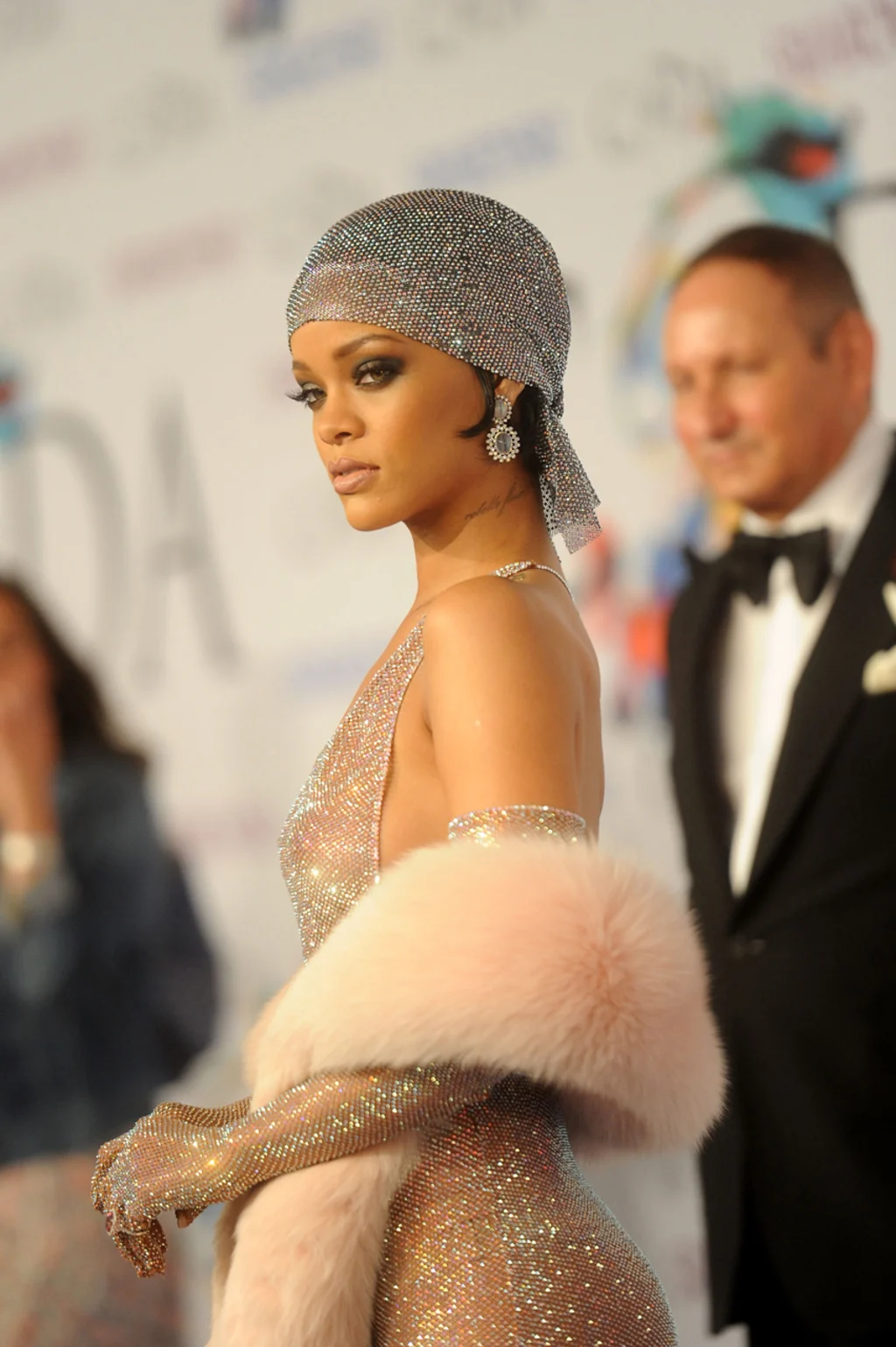
These hires, and the company’s renewed focus on its fashion show, are in service of what Victoria’s Secret calls its new “path to potential” growth strategy. It wants to build on its 4% Q2 comparable sales growth, reestablish Victoria’s Secret as an “authority in bras,” rebuild Pink as a distinct brand, and grow its beauty business.
“Brand awareness is incredibly high for this brand,” Preis tells me about the objective of the fashion show. “It’s more about brand relevance and brand consideration for the audience that doesn’t currently shop with us.” (The company will also closely track show metrics like site visits, impressions, and social engagement, Preis says.)
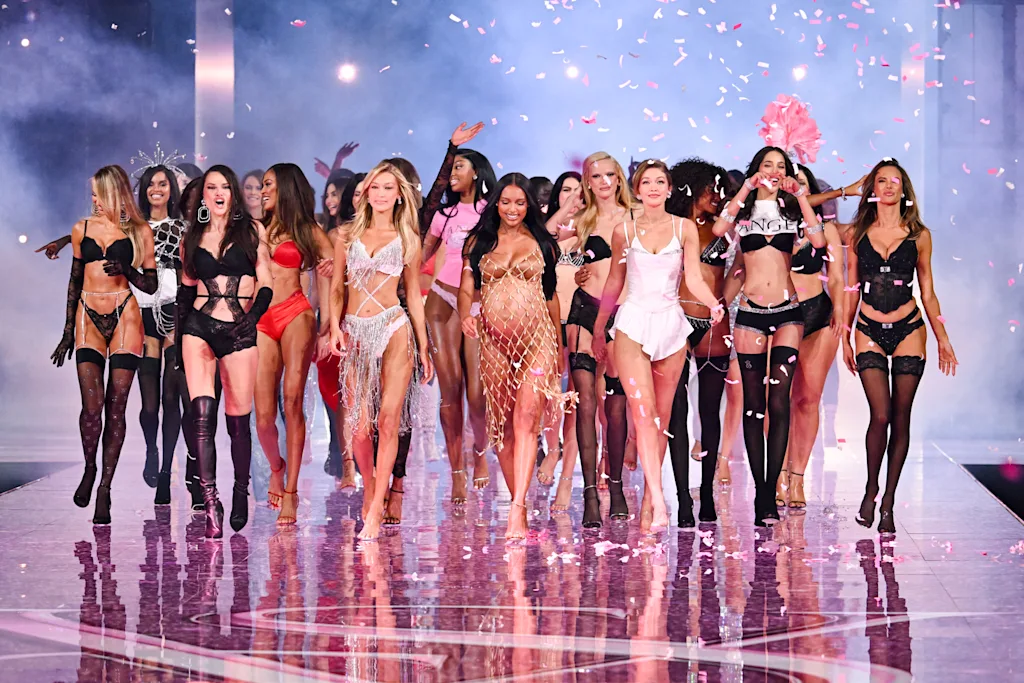
A FASHION FANTASY WORLD
Selman’s overall vision for the show was to elevate it by applying the creative direction one might have as the head of a fashion maison, not a languishing mall brand. For this year’s show, he crafted the narrative around an overall story arc (the theme is day to night), rather than the disparate themed sections that anchored previous shows.
“The show’s so big, the expectations are big, the personalities within it’s big, so I wanted to come up with a simple idea,” says Selman. “When I came into the brand, one of the first things I kept hearing on repeat was that Victoria’s Secret is unique in that we are the first thing she puts on and the last thing she takes off and I love that sort of sentiment. So I took that idea and I’m doing the context of day to night with the show.”
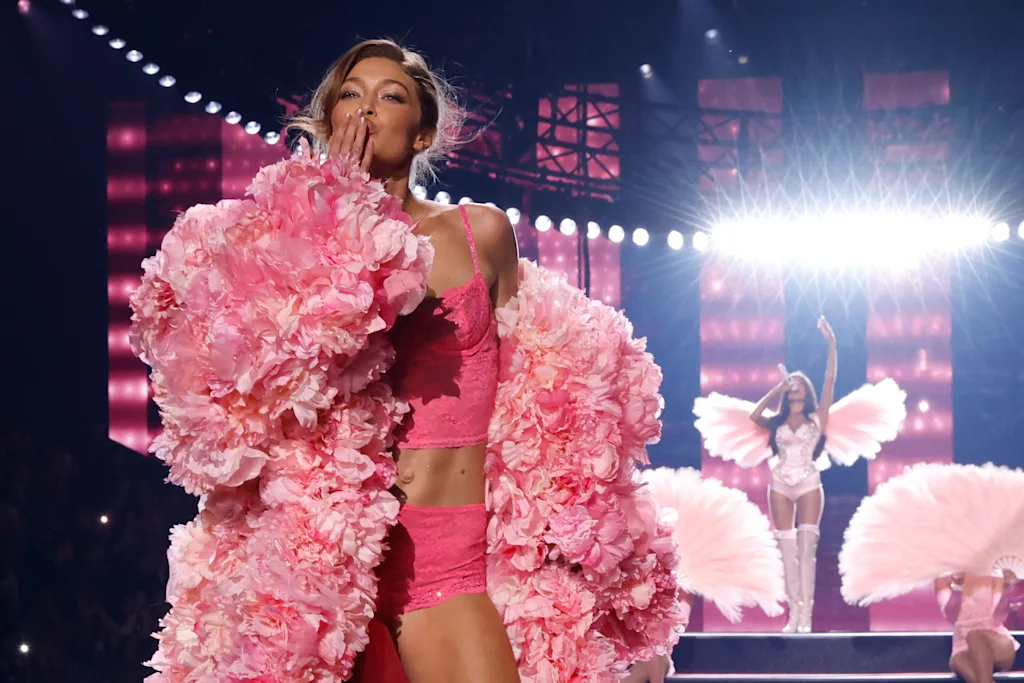
The golden first chapter that focused on the brand’s nudes and was opened by a radiant Tookes, was followed by a hot peony pink “Bombshell,” chapter. But you wouldn’t know it without looking at the run of show. A circular stage emerged down the runway and showgirls with pink feather fans danced over from the aisle. Then, model Gigi Hadid emerged in an oversized peony opera coat, quickly followed by Irina Shank in a crystal fan headpiece and Paloma Elsesser in pink peony petal wings.
The pre-show comments, at least on Victoria’s Secret’s owned channels, called for long-standing brand icons: big hair, more glitter, and the return of models like Adriana Lima. (“People want a little fantasy and there’s no better brand to do that,” says Preis.) This section brought all that, but not in a way you’d expect. It was a sparkling glamorous, Ziegfeld-fantasy-inspired morning.
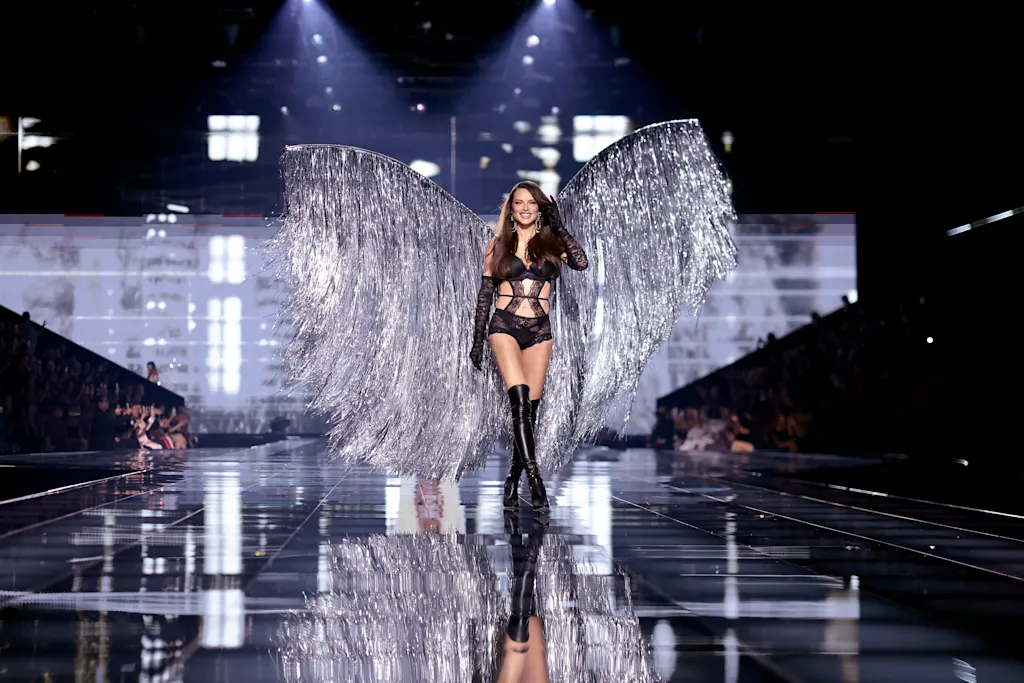
“That’s our first collection, or the first section of the show, and how that could come to life in a more fashion forward, thoughtful way?” he asks. The show chapters arc toward dusk and bring in other moods and brand codes. The Pink halftime show was an exception and a weak chapter overall; with jean jackets, layered bikinis and black sweatpants that didn’t communicate a new point of view.
“Hot pursuit” opened with a grainy black and red interstitial mimicking old movie reviews and washed the runway in scarlet red, along with a slew of provocatively sexy custom designs, including a custom crystal backless minidress and g-string worn by model Amelia Gray and custom chrome angel wings worn by model Alex Consani. “Magic hour” followed, and brought outfits in gradient pinks, mandarins, and lilacs; followed by a black lace and crystal sparke in “black tie.” Each chapter, by the way, links up with a fragrance—a play for its emerging beauty lines
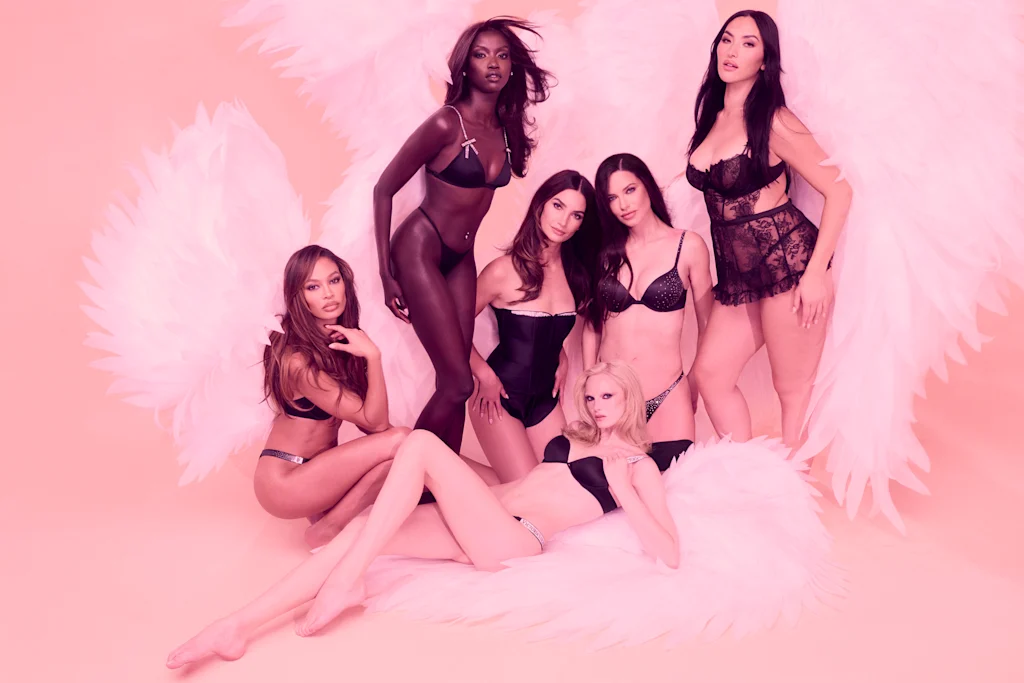
Renewed brand heritage
Like many resurgent brands, the strategy is to shed what isn’t working and leverage the cultural cachet of the brand heritage that does work. The trick is to reinterpret it in a new way that can reestablish contemporary relevance in the current market.
The term “fashion-forward” came up again and again as a way this show would be new and more relevant. People complained last year that the garments looked cheap; the look of the clothes and styling were a night and day difference this year. “If you know my work, it’s all centered around playfulness and color and expression, so that’s a big theme,” he says.
Referencing the shows of high-end designer brands, Selman says he sought to elevate the experience and integrate codes that stem from the brand’s history throughout each chapter of the show, and nod to what’s happening in culture more broadly. “I’m trying to think about the world that we’re building beyond just the show here,” he says.
One such example: Selman says he’s showing how Victoria’s Secret can tap into current fashion trends through lingerie styling in the show; a fantasy with real-world applications. “Naked dressing is so in right now, and showing our customer how to wear the product in a maybe a more fashion-forward way that resonates with fashion and culture outside of just the show” is another focus.
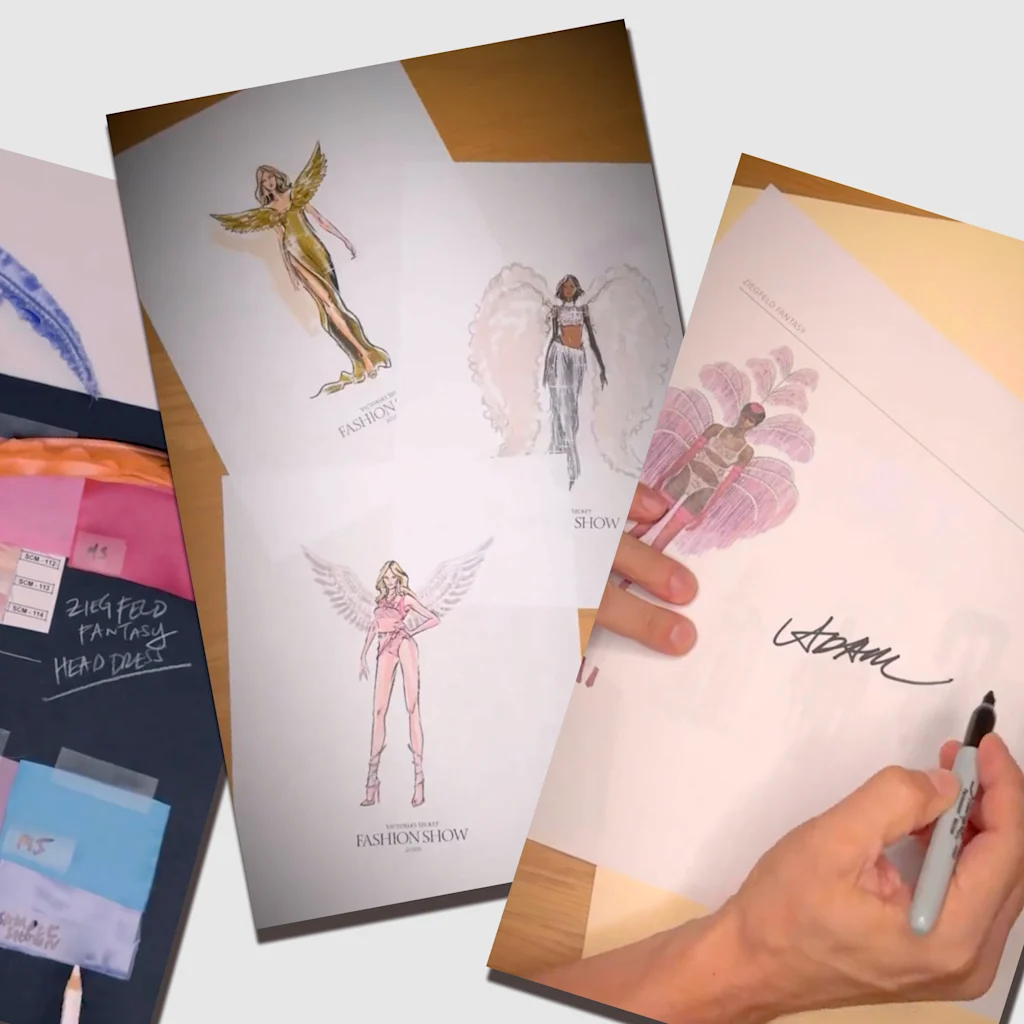
With a run time of about 40 minutes (about four times longer than a maison show), 72 looks, and 45 million of digital viewers, he brought the spectacle. Along with a team of experts, Selman directed promo, motion design, event production, set design, model casting, curated front row seating, cast musical guests, and the looks themselves, down to the giant crystal earrings.
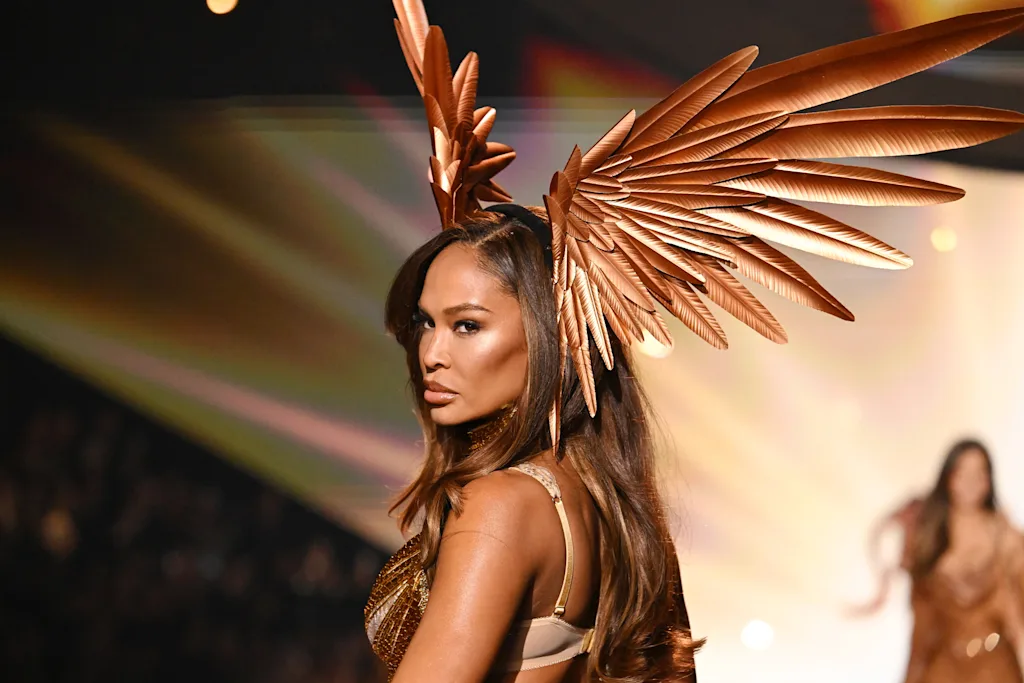
Selman worked with artisans in Paris and Italy to create the jeweled wings model wear on stage; its own lofty design challenge. Selman crafted remarkable reinterpretations of wings as headpieces, too, like the golden headpiece Joan Smalls wore in the opener, gracing her head like a dainty set of Apollo’s wings, or Precious Lee’s peony petal and crystal headpiece or Anok Yai’s stunning pink fringe and pearl headpiece in the bombshell segment. “Today more than ever before, retail, if it’s going to be successful, there has to be an entertainment factor,” says Preis.
“Victoria’s Secret created this incredible experience, right?” says Selman. “It is the biggest fashion show in the world and so there’s so much rich history and so much joy around it too. We have ravenous fans around those events, so I think it’s about owning it and really leaning into what we’re good at.”
Fans seem to want the fun and the spectacle of it all.
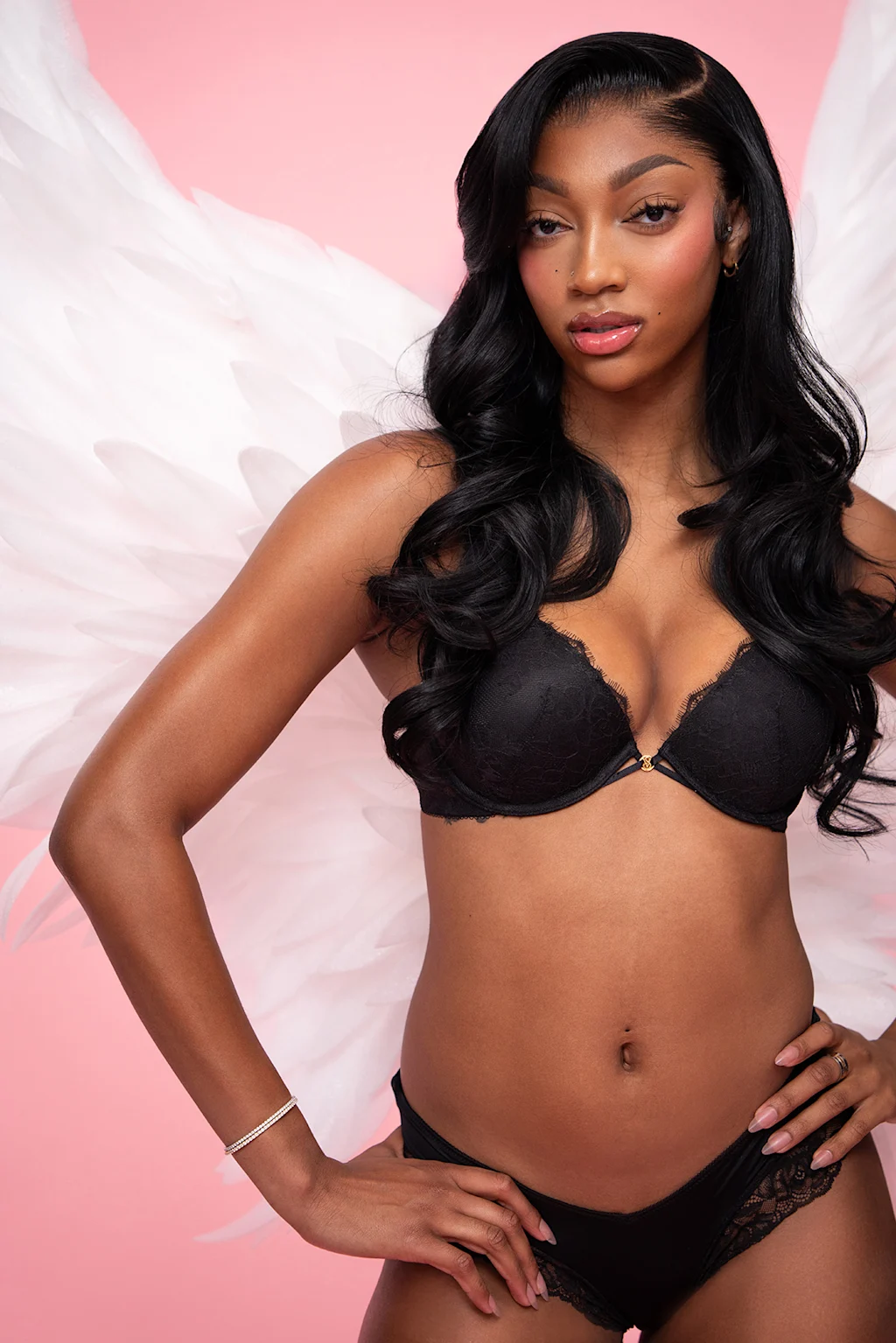
Pleasure, but not to please everyone
The Victoria’s Secret show is a glitter bomb of frothy pleasure, but it’s not out to please everyone. “It’s fun when it’s real,” says Selman. “Everything feels so phony right now. The more real that you can give people—that’s when things will really come to life. I think we can’t be everything to everyone.”
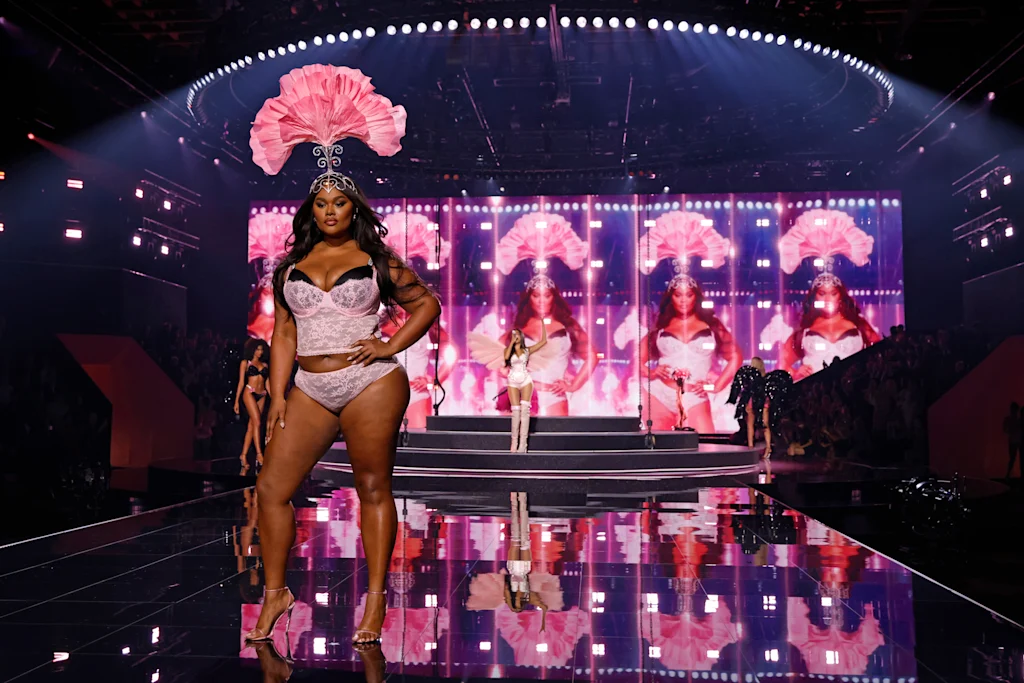
Selman says his show is for anyone who wants to be a part of it—but it’s ok if that’s not you. “I want everyone to see themselves in this brand. I want everyone to see themselves in the show and the power that we can provide; the power that lingerie can provide. If you see yourself in it, we welcome you. And if you don’t see yourself in it, that’s cool too. We still welcome you.”
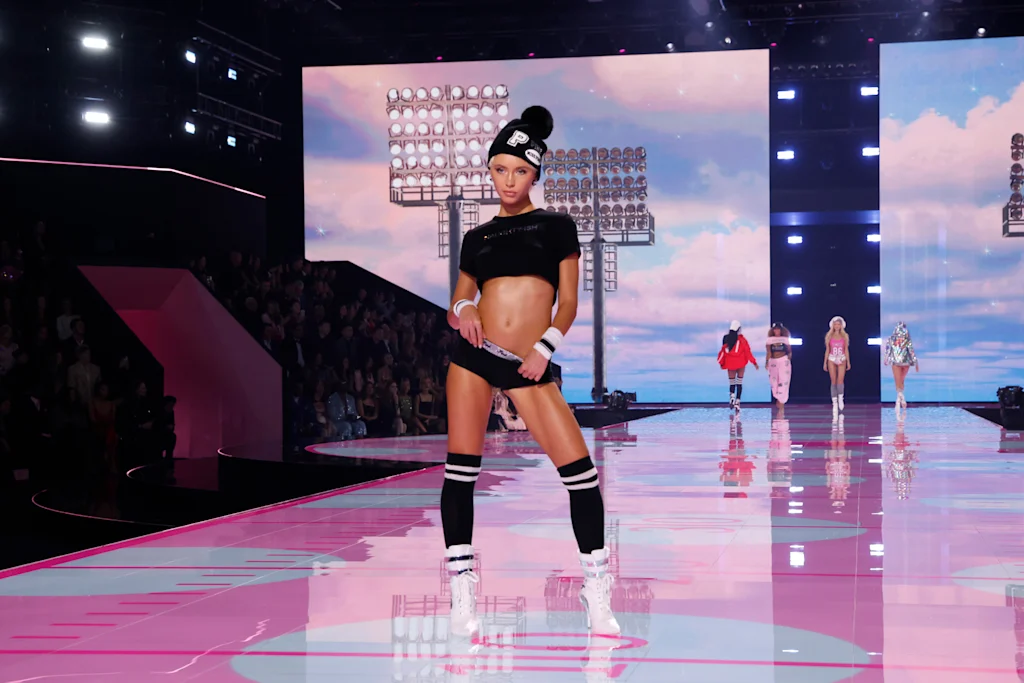
Brands rarely can make everyone their customer; in fact, it’s a fool’s errand to try—as long as your core audience buys in.
The G-string-thin fine line for Victoria’s Secret however, is whether it can truly capture what’s historically sellable about the heritage brand—the glitz, glamour, and sex appeal—while shedding the historically bad associations: getting women to buy into sex that’s embodied through the male gaze and packaged us up as campy Christmas gifts, candy, or calendar girls. I want to look hot, and for me personally, that and taste are not mutually exclusive qualities.
“What does sexy mean in the future?” asks Preis. “There’s not just one definition. It’s really how it makes one feel and makes one feel good about themselves. We can and we should own that position. We already are known for that, and that’s something that we should continue on with.”
